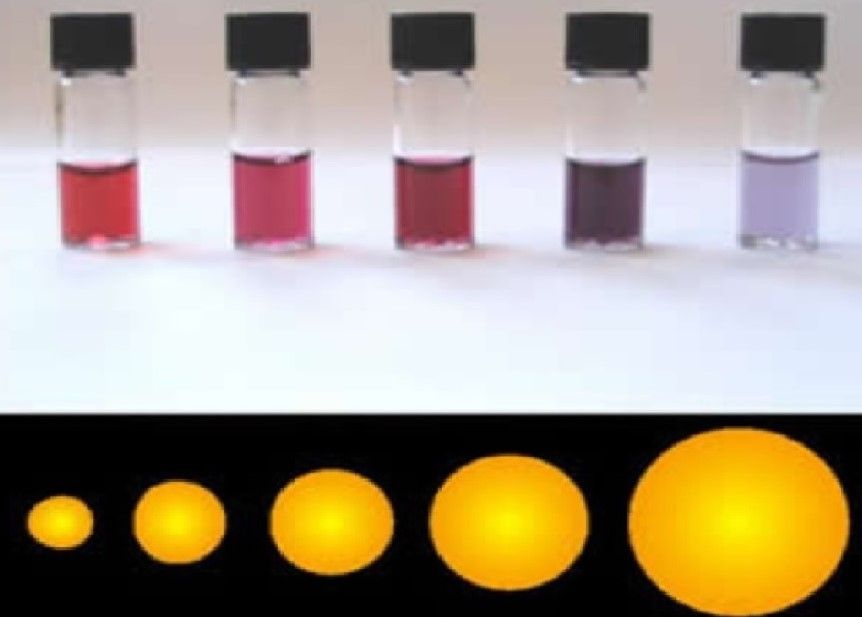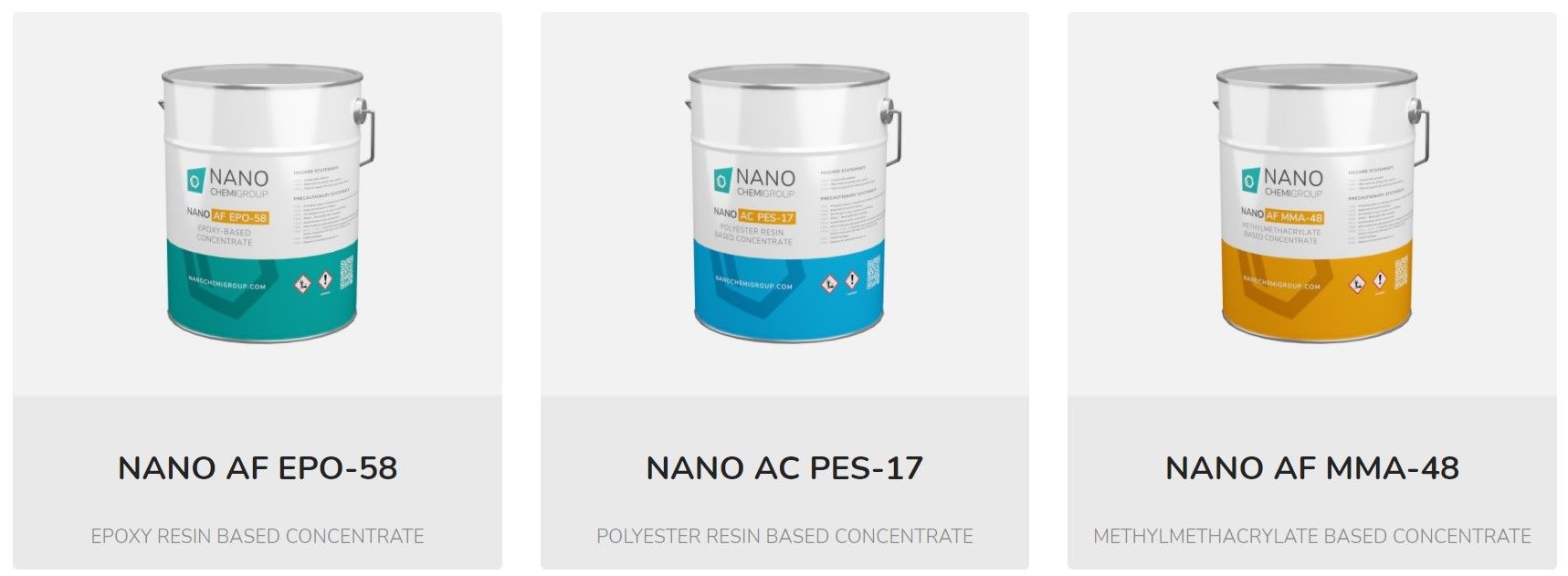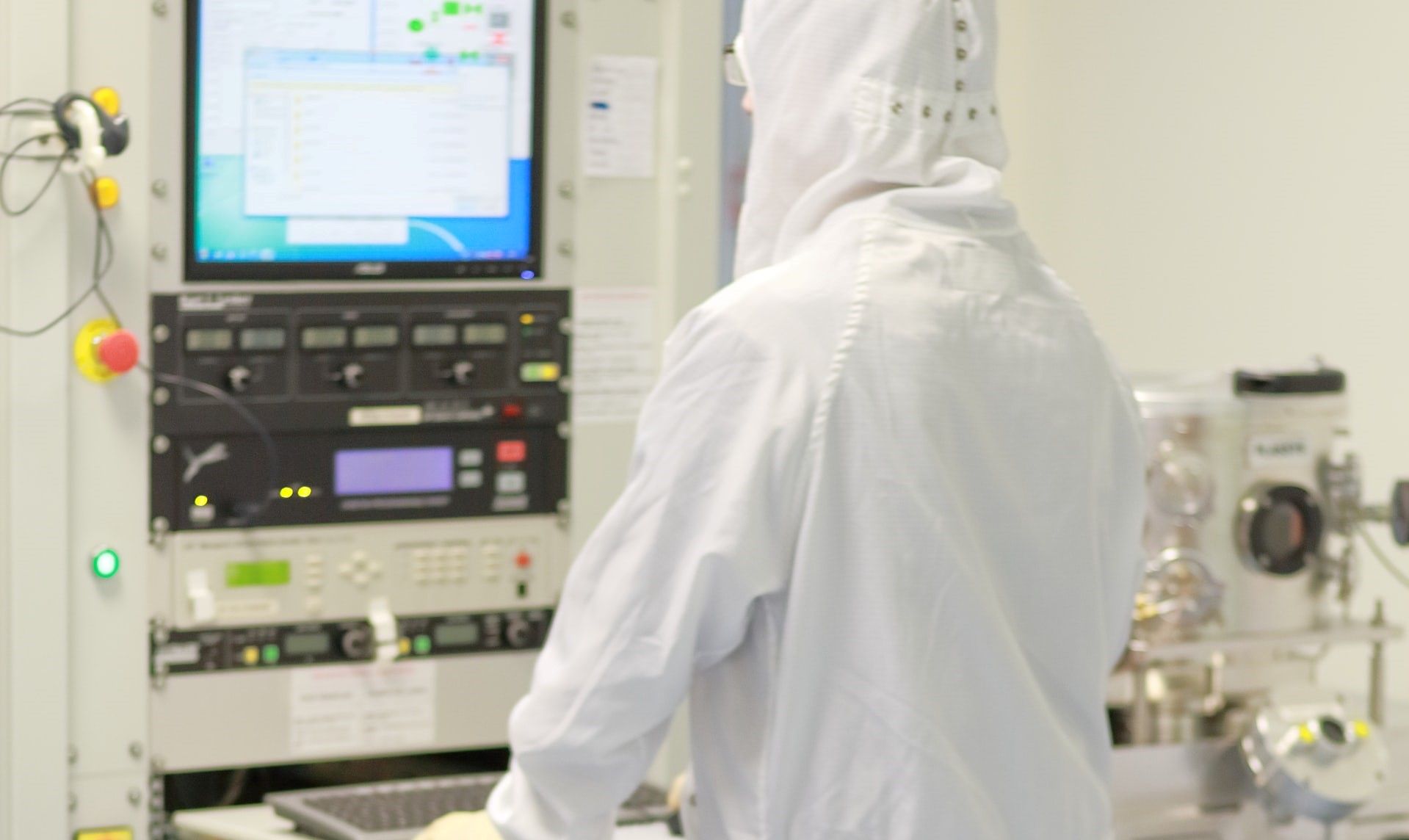Nanotechnology is very clever, yet what most people don’t know, is that it is also incredibly useful.
It is a field of science that uses the way that materials work at the tiniest scale to improve everyday products. And because of its ability to be used in so many different industries, it is also a very clever investment.
Nanotechnology is the manipulation of molecules and atoms in such a way that researchers are able to change a material’s properties. Gold can be made to look red, carbon can be made magnetic, and the surface of a plastic can become anti-microbial.

There are already countless products which use nanotechnology to give them special properties. For example, nanomaterials added to paints can make them crack resistant and fade less. Nanotechnology will also be part of the next generation of super computers, while nanomaterials can make medicines work on a time delay, increase the performance of fertilizers, herbicides, pesticides, and animal feed. Nanotechnology is also improving the efficiency of solar panels, telecommunications, and other electronics, as well as making glass stronger and TV screens brighter and more colourful.
For manufacturers, it can even cut costs. This is because nanomaterials can replace more expensive, conventional feedstocks. Alternatively, they may lower labour costs (for example, by reducing the curing time for a resin flooring) or they may reduce energy costs (for example, by lowering a polymer’s melting point).

The result of all these advantages, is that nanotechnology is no longer just a science. Instead, it has become an emerging market which is predicted to have strong, yet long-lasting growth - much of it based on nanomaterial researchers consistently making new discoveries with practical applications for industry.
But this is just the beginning, as studies published by the European Union Observatory for Nanomaterials recently noted, nanotechnology will have four distinct generations of advancement. Current technology is at the start of the second generation.
The four generations of advancement in nanotechnology have been labelled as follows:
· The first generation. Passive nanostructures: the application of nanomaterials (such as nanostructured metals and nanoparticles) into generally static products. Doing so can create better coatings, polymers, ceramics, metals, electronics, textiles, glass, etc.
· The second generation. Active nanostructures: the development of nanotechnology for use in pharmaceuticals (for example by coating drugs in nanoparticles), as well as producing components for nanoelectronics beyond CMOS, 3D transistors, amplifiers, adaptive structures, artificial ‘muscles’, and actuators.
· The third generation. Integrated nanosystems: The development of complex systems with multiple working parts, for example nanorobotics, guided assembly of nanomaterials, multiscale self-assembly, artificial tissues and sensorial systems, the processing of information using photons, and the assembling of nanoscale electromechanical systems (NEMS).
· The fourth generation. Molecular nanosystems: molecules used as devices to create nanoscale machines, nanosystem biology for healthcare, human-machine interface at the tissue and nervous system level, and mechanical-chemical molecular processes.
Nanotechnology clearly has a long way to go to reach its full potential, some of which may not happen for hundreds of years. Yet at the moment, nanomaterials are already making a difference in the way people live and communicate. It is changing how crops are grown, how animals are fed, and how our food is packaged.
For example, the company NANO CHEMI GROUP, is developing nanotechnologies for the modification of plastics.
They have already created two new processes (with patents pending) for the modification of polymers, as well as a range of nanotechnology products which can provide raw materials with thermal and electro-conductivity, boosted mechanical strength, ultra-violet protection, and electro-magnetic properties.

To get involved in nanotechnology, investors are purchasing corporate bonds in companies that are developing new nanotechnologies. The company receives a cash injection to help fund research and turn discoveries into marketable products, while the investor is guaranteed monthly interest payments until a mutually agreed date. When the corporate bond matures, the full investment sum is then repaid.
AG CHEMI GROUP, the parent company of NANO CHEMI GROUP, has recently issued corporate bonds for sale to the general public. Based in Prague, the company (which sponsors this webpage), has plans to construct a 1,000-tonne nanomaterial production line. Meanwhile, work has already begun on constructing a Nanotechnology Research Centre.

The Centre will be unique to the Czech Republic, in that it will be the only nanotechnology laboratory built entirely for the benefit of manufacturers and will be devoted solely for research into improving industrial raw materials.
While the long-term gains could be significant for the company, the short-term returns for investors are also notable. Currently, company bonds are available which offer returns at 6.8% p.a. payable in monthly or yearly instalments, with investment sums starting from as little as 10,000 Ck.
Nanotechnology has yet to reach half of its potential and shows great promise for improving every aspect of life. It is a market which offers a world of possibilities, with a wide range of applications and potential uses that is attracting manufacturers, business, and investors.
To find out more about these possibilities and about how to invest in AG CHEMI GROUP take a look at this simple online calculator to work out how much your returns will be.
Photo credit: Unsplash, NANO CHEMI GROUP, Aleksandar Kondinski, & Pixabay